The tech crash of 2029, how to play with kids, and how deep reading will save your soul
Freya India selects her top Substack reads this week
This week’s digest was guest edited by , who writes on Substack, exploring the modern lives of girls and women with personal thoughts and investigative journalism. Freya recently joined Jonathan Haidt’s team, writing for After Babel and the Free the Anxious Generation movement. Some of her most popular posts include “You Don’t Need to Document Everything,” “Risk-Aversion Is Killing Romance,” and “What’s Become of Us?.” If you enjoy her selections here, be sure to subscribe to her Substack.
Wow—I can’t believe I’m editing my own Substack Reads! One of my favourite things to do in life is make music playlists, and my other favourite thing to do is read and write on Substack; this sort of feels like combining the two. What a nerdy dream come true!
On my own Substack I write about the lives of girls and young women today, and what’s uniquely challenging about growing up in the modern world. Which, as you can imagine, can be pretty bleak. Writing about the pressures of social media, the encroachment of AI, and the commodification of everything can get a bit much, so today I wanted to include some of that—sorry, it’s important!—but also pieces on the beauty of nature, of human connection, of charity, of play, and I suppose the theme has accidentally become what technology can’t replace.
Thank you so much to Substack for being the home of my writing, and for introducing me to so many talented writers. Here are just a few of my favourites lately:
TECH
What will life really be like after the internet gets incinerated?
“I recently discovered Tom Cox, who writes in The Villager about what we would miss if the internet suddenly vanished. You know, stuff like strangers skimming the first few sentences of our articles and then missing the point entirely; arguing with people we’ve never met about versions of ourselves that don’t even exist; our memories being fried by the relentless stream of content from our screens. Almost too painful a thought to bear”
—
inI was unhurriedly admiring the cow in the above photograph during a country walk on Sunday and thinking, “This! This is all I need. I don’t need WhatsApp, or Wikipedia, or to see someone I used to quarter-know getting drunk at his work colleague’s leaving party.” But then I took the above photo of the cow using my phone and wrote the caption you can see under the photo and put it on Substack Notes, and as a result of it I gained somewhere between three and six new subscribers. Could I have done that with a heavy analogue camera? No.
FINANCE
The three-faced interface
“Something else we might miss if the internet suddenly disappeared are all the unnerving ways that corporations attempt to ‘personify’ themselves these days. Here, Brett Scott explains how companies use our faces, AI chatbots, and tech billionaires to create a corporate ‘face,’ and how this gives us anxiety. His fascinating newsletter explores the frontiers of modern money, from what seven hours in London taught him about surveillance capitalism to how tech doesn’t make our lives easier; it just makes our lives faster”
—
inIn a sense, the new digital interfaces are like a reflective storefront made of one-way glass. Whoever approaches will see an image of themselves, reflected in what products turn up and what messages they receive. The corporate can see them, but the person is encouraged to imagine themselves as walking through an uninhabited room with shelves that belong to them: my shelf, my basket, my account, my list, my favourites, my Amazon, my Google etc. In the 1980s there was no ‘my Walmart’, but now your data is reflected back to you as your own store with that possessive pronoun. In doing that, they get to present themselves as you.
PLAY
Getting along with kids
“I loved this piece about how to get along with kids, from making funny faces to asking them sincerely, ‘Can I play with you?’ It made me think about how it doesn’t matter how many friendly AI chatbots they roll out, or how many online games and entertaining apps they release for kids, you can’t replace what Mathilde describes here: human affection, play, wonder, and astonishment. She captures the giddy joy that comes with experiencing all that with a small child”
—
inLet go … of our self-control, of our inhibition. How refreshing it feels to play with kids, allowing ourselves to be someone else for a moment, someone ten times younger. So yes, I chase imaginary platypuses at the parc. I sail a bed-boat. I order and savour the only available meal—pasta-pesto—from the 3 y/o best chef in town. I miss playing, and I see kids as a beautiful opportunity to reconnect with play. How about we drop that fear of finding fancy stuff to do and rather let go, give in to unstructured, random and imaginary play?
HUMANITIES
A bull market in the humanities
“The brilliant writer Luke Burgis predicts a huge renaissance in the humanities, particularly outside of traditional universities. He predicts a future focusing on ‘sensory perception’ and explains why the humanities—fields exploring what it means to be human, such as history, religion, languages, and fine arts—are irreplaceable. Burgis believes that this is where AI, with its mathematical approach, will fall short. Those who can articulate deep human experiences will be the important voices of the future”
—
in… as the AI revolution takes hold—I think that those who are able to give expression to and speak to the deepest desires of the human heart will be the voices the world needs most. This, by definition, means an intentional detachment from the thin desires and the engagement that come with them, and a cultivation of the thick desires in oneself and others that come from sustained encounters with the real, who are able to speak suaviter et fortiter about the real things that have never entered into the data training of an AI, and perhaps have not even entered into the heart of man.
EDUCATION
Deep reading will save your soul
“William Deresiewicz writes about the crisis in higher education, and a new trend of students and teachers abandoning traditional universities for self-fashioned liberal arts programs. He describes their desire to unplug from technology, find time for creativity and solitude, and escape the pressures of universities seeking ‘relevance’ and markets pushing productivity. These programs focus on learning for its own sake, which, he argues, is real freedom”
—
inAnd that is the second complaint that graduates tend to express: that they finished college without the feeling that they had learned anything, in this essential sense. That they hadn’t been touched. That they hadn’t been changed. That there is a treasure out there—call it the Great Books or just great books, the wisdom of the ages or the best that has been thought and said—that its purpose is to activate the treasure inside them, that they had come to one of these splendid institutions (whose architecture speaks of culture, whose age gives earnest of depth) to be initiated into it, but that they had been denied, deprived. For unclear reasons, cheated.
FAITH & SPIRITUALITY
You’re called to love your neighbor, not everyone
“I found this piece by Johann Kurtz very moving. Whether or not you’re a Christian, his take on the Western understanding of charity is compelling. Kurtz argues that true charity is personal and local, reminding us that it’s inherently human to love those who are physically present in our lives. He pushes for a vision of charity rooted in direct action toward our immediate neighbours, our family and community, considering this to be genuine love”
—
inThis reinforces the social aspect of charity, confirming that love and community are inextricably linked, that a mutual knowing is a necessary component of the virtue. This, of course, does not mean that charity should never be extended to those outside of your personal community, but that an essential part of that charity is to extend your community to encompass them, to enter into a personal relationship of protection and benevolence over them. To know them, to love them, and to earn their love and loyalty.
CULTURE
This green and growing earth
“I couldn’t list my favourite pieces without including Sam Kriss, who I think is one of the best writers on this platform. He writes here about how rituals, community, and not-so-ancient traditions have survived in the English seaside town of Hastings. I briefly met Sam at a Substack party this year; I told him I wanted to ‘like’ his posts and asked why he’d switched off the option. He said, Why don’t you like it in real life by, you know, just liking it? So here I am, against his will, publicly liking it, giving him the virtual validation he doesn’t want but very much deserves”
—
inEvery year, on the first Monday of May, the people of Hastings parade a man made of leaves through the streets of their town. The leaf-man spins and dances all day, wearing a crown of flowers and followed by his drummers and musicians. The people all wear green. They put garlands of leaves and flowers in their hair. Eventually, the leaf-man is taken to the top of a hill overlooking the sea, where he is slaughtered in front of the townsfolk. This ritual is a piece of hoary old seasonal magic, rooted deep in the green fields of England, and it’s been going on for a very long time. Longer than I’ve been alive, in fact. It dates back all the way to 1983.
MENTAL HEALTH
Clutching a severely depressed person’s body against yours in bed
“Freddie is one of my favourite writers on Substack. I often write about how normal distress is being pathologised and medicalised, as does he. But nobody can capture the experience of severe mental illness like Freddie does. Here he is with a sobering reminder of what real depression is—the crushing weight, the resignation, even the self-absorption of it all, and how, when all is lost, nothing can come close to being held by another human. You will feel it in your gut”
—Freddie deBoer in
If you asked me to pick one job that will never be taken by the machines, it’s “Senior Vice President for Clutching the Body of the Severely Depressed Person in Bed to Keep Them From Killing Themselves and Customer Satisfaction.” This only we can do. Your golden retriever might comfort you, but your golden retriever can’t hold you like this, and not only because he doesn’t have opposable thumbs. He can’t clutch you this way because he cannot know what it all means, for a being that exists to wish to cease to exist, a being for whom nothing seems more impossible than to just keep on existing, day after grinding day, searching around the pitch black room of the severely depressed heart, on hands and knees, looking for hope like a set of keys dropped in the dark.
NATURE
The form of a tree
“Hadden Turner, who writes essays on agrarianism, sustainability, and techno-scepticism, reflects here on the form of trees, the history and stories held in their branches, and why we should protect them. He reminds readers of the beauty and complexity of the natural world, how we can delight in it, and how it can heal our ‘machine-stimulated attention.’ Reading this felt like a walk in nature”
—
in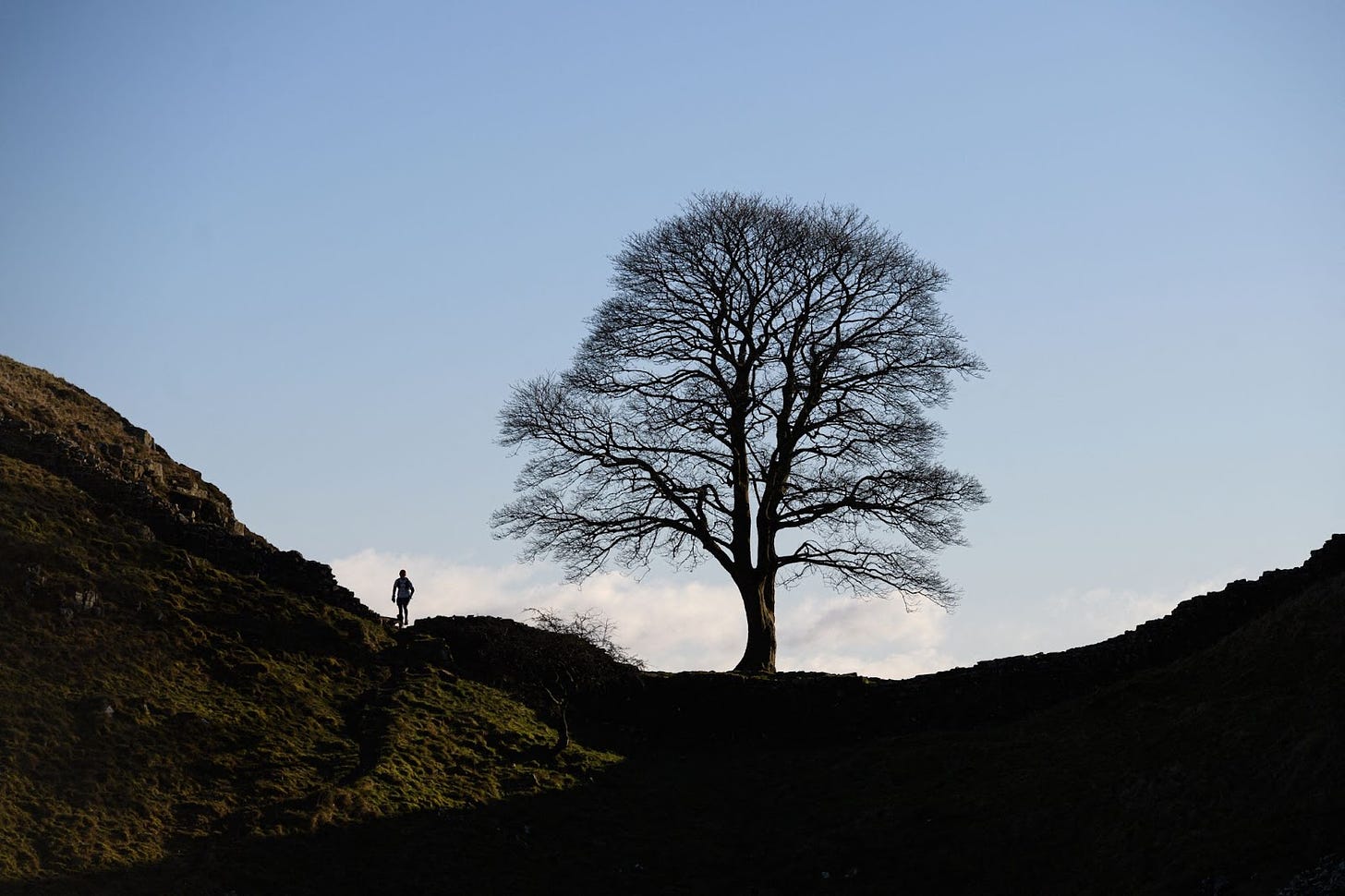
I wince every time I hear the sound of a chainsaw rev up in my neighbourhood, for I know beauty is about to be felled. For the sake of convenience (for it is “too laborious” to rake up the leaves for modern man) and lifeless neatness, the trend of homeowners destroying their trees is continuing apace. It’s not only in the gardens. Along suburban boulevards, in city centres, and even out in the countryside, our veteran trees are falling. Incompetent town councils, lazy landowners, health and safety clipboard-wielding bureaucrats all share the unenviable title: The Slaughterer of Trees. And in an age where the importance of trees is stressed by politicians and scientists alike, the ease with which a council decimates its trees is baffling. And telling.
Recently launched
Coming soon
Congratulations to the following writers celebrating publication.
James Patterson announces his new paperback, Eruption, in his first Substack post:
’s book How to Disagree, on the art and science of productive disagreement, is available in paperback. shares the backstory to Belt’s latest publishing deal:Notes from our guest editor
Noteworthy
Inspired by the writers featured in Substack Reads? Writing on your own Substack is just a few clicks away:
Substack Reads is a weekly roundup of writing, ideas, art, and audio from the world of Substack. Posts are recommended by staff and readers, and this week’s edition was curated by , who writes on Substack. Substack Reads is edited from Substack’s U.K. outpost by Hannah Ray.
Got a Substack post to recommend? Tell us about it in the comments.





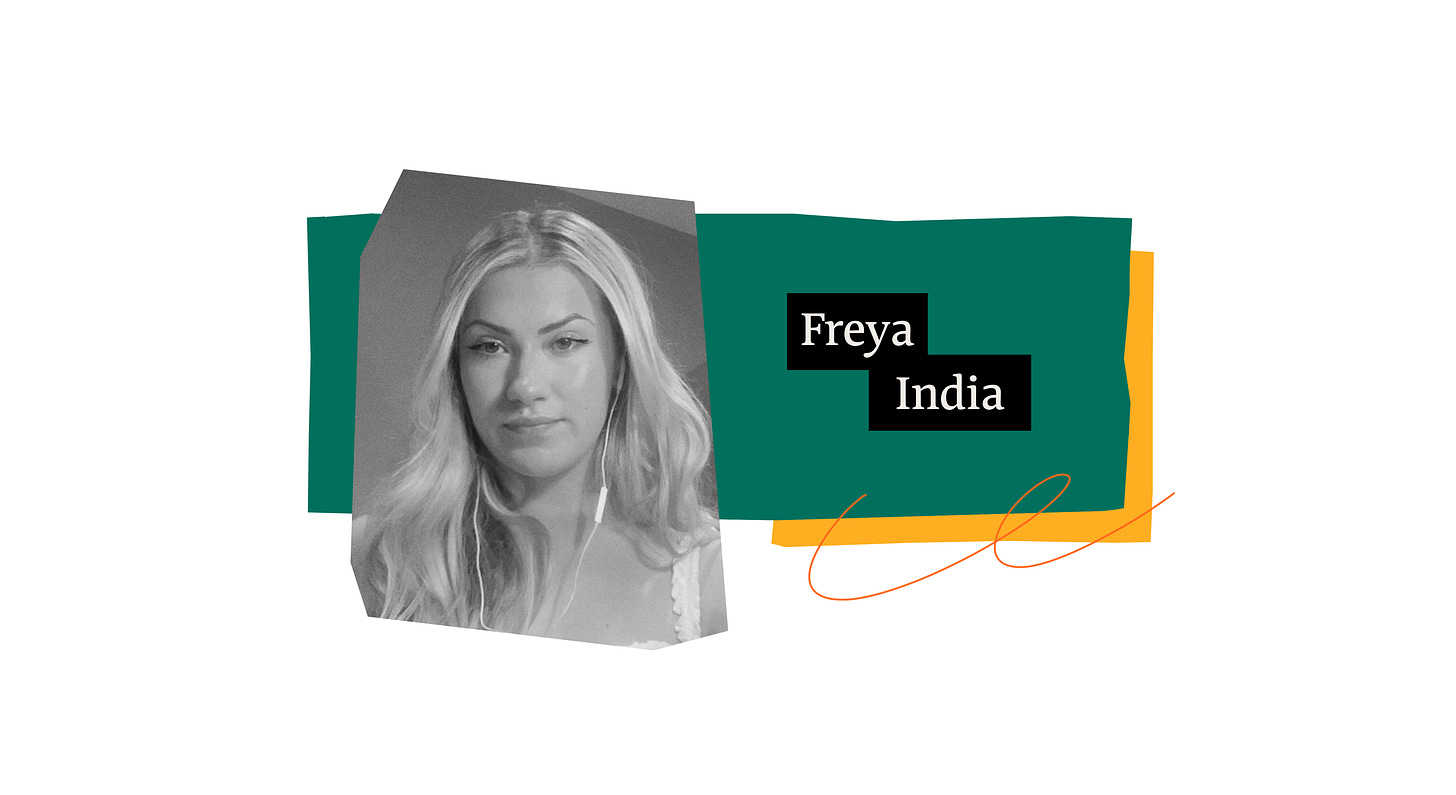

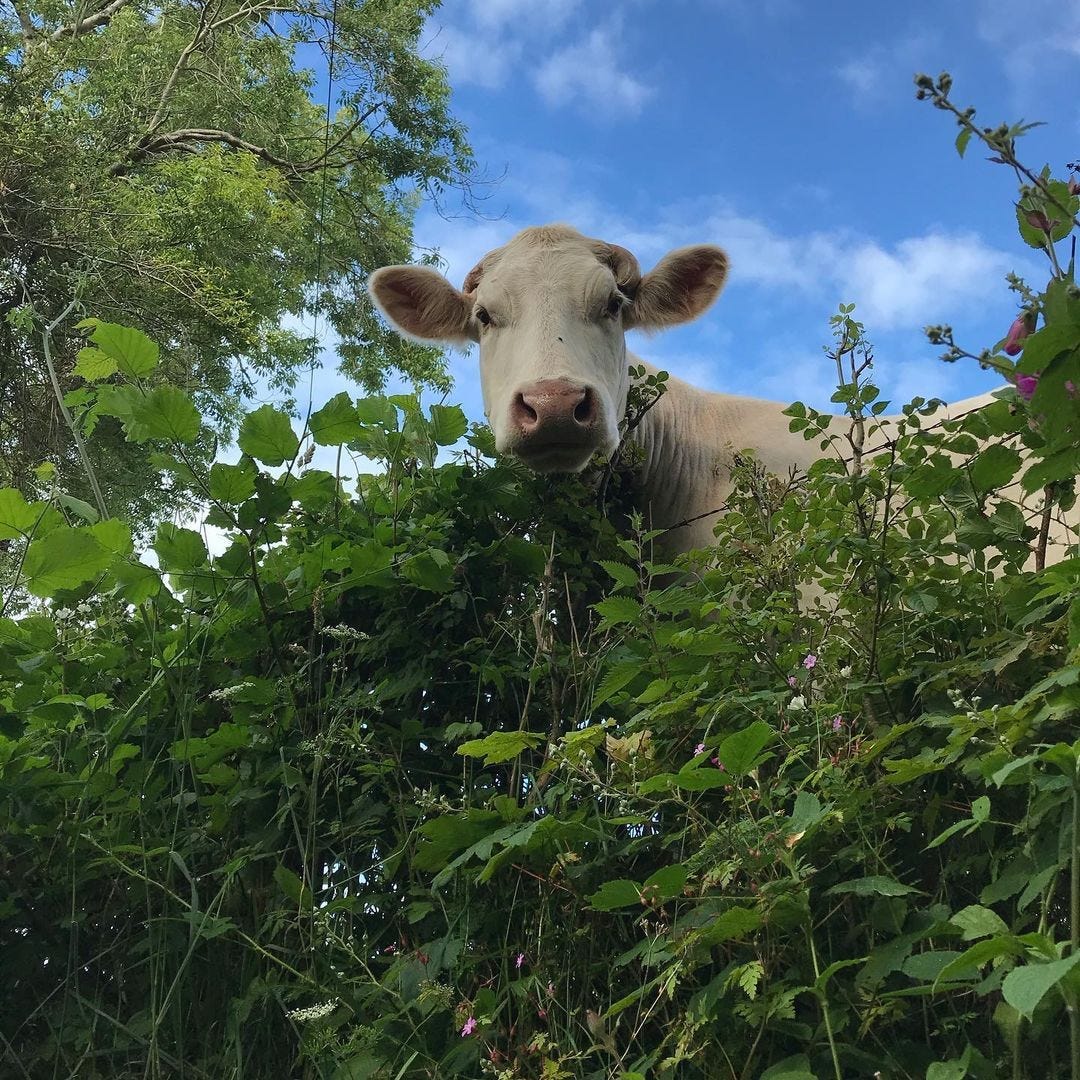

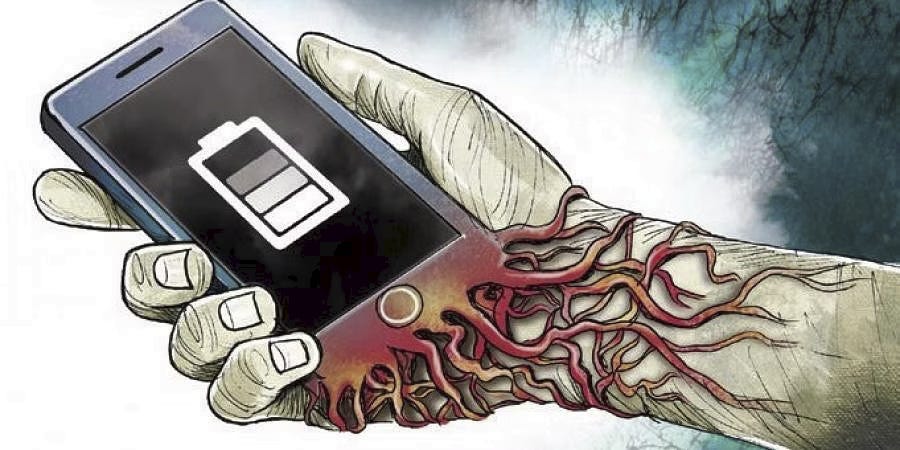



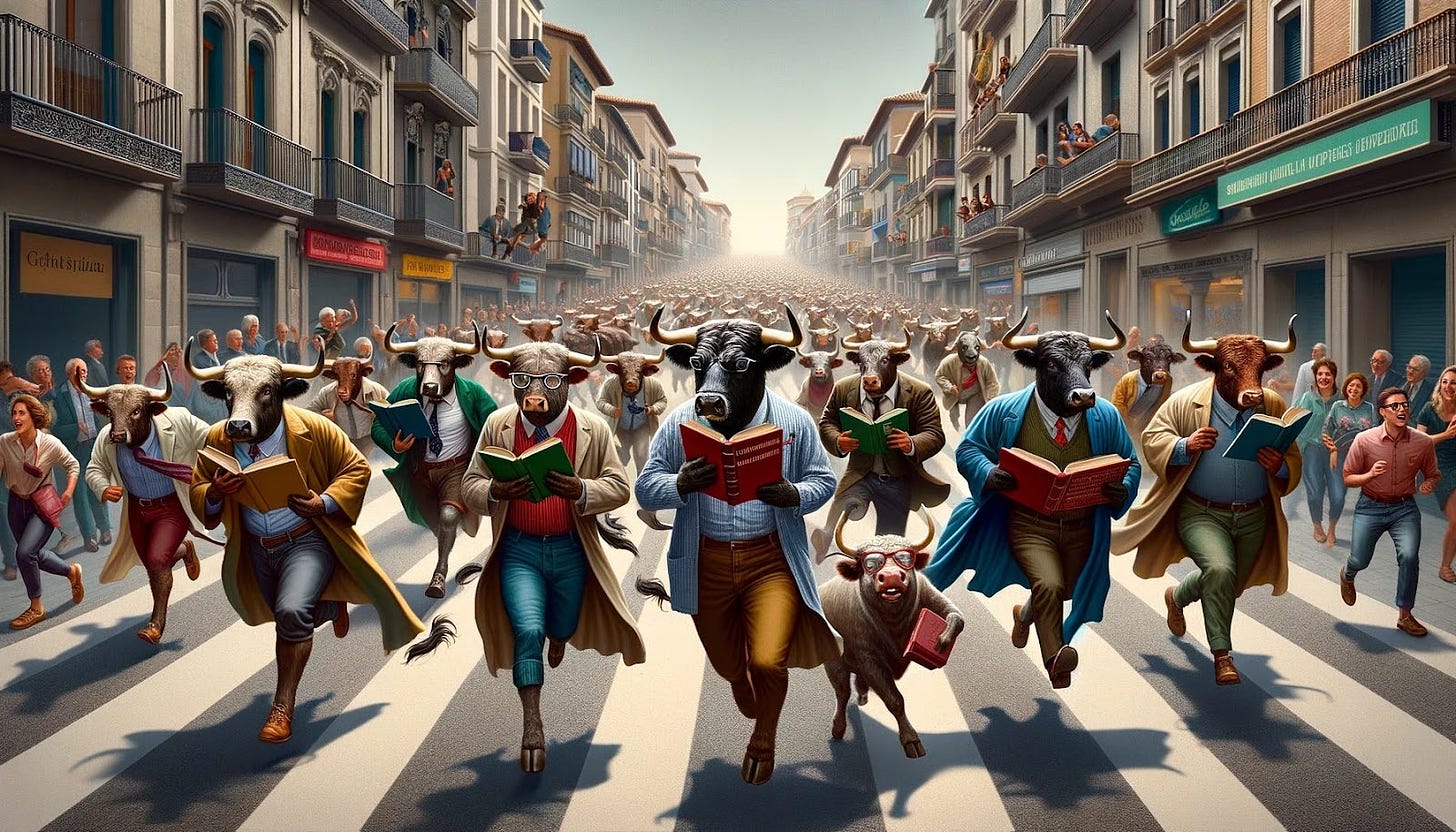



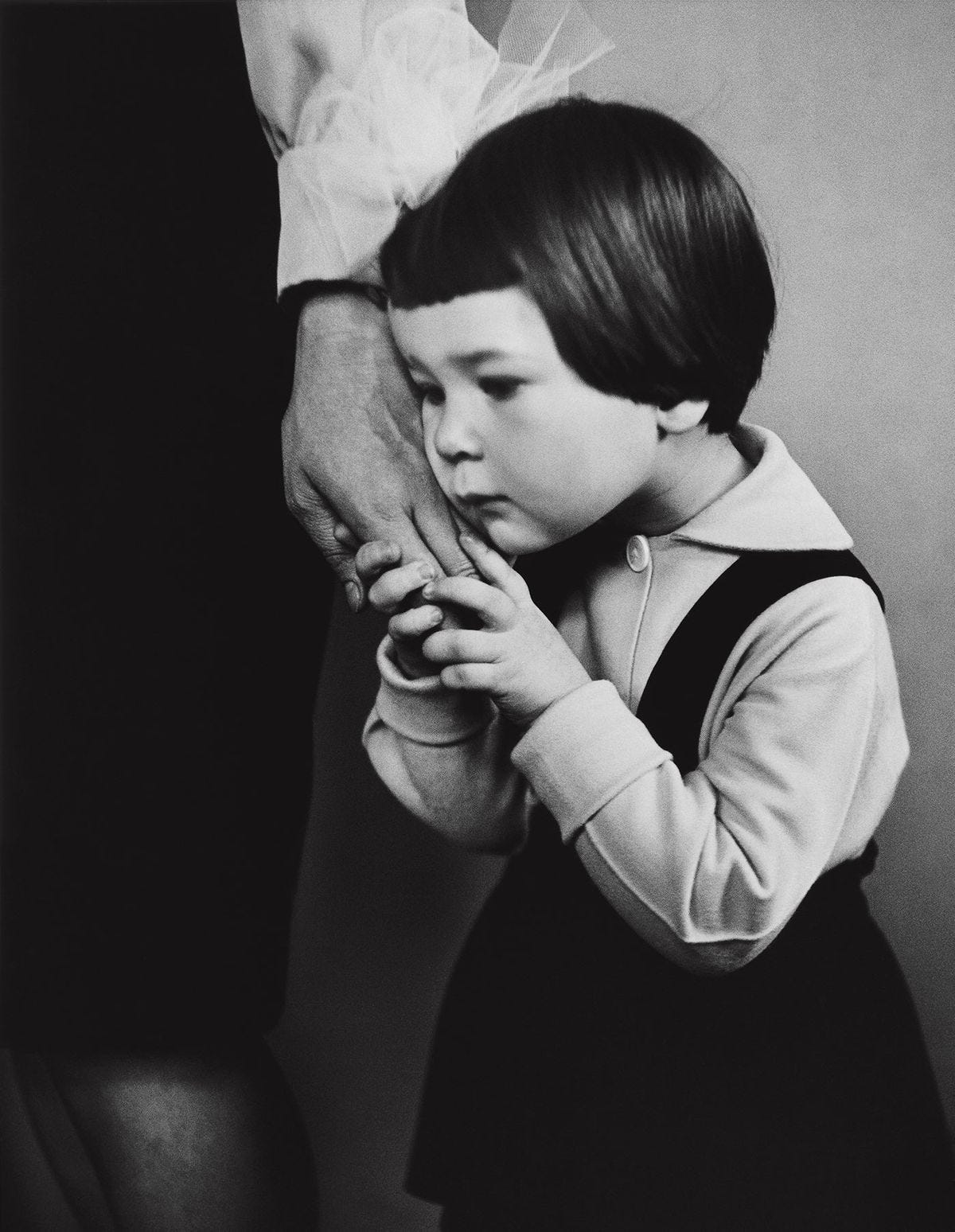












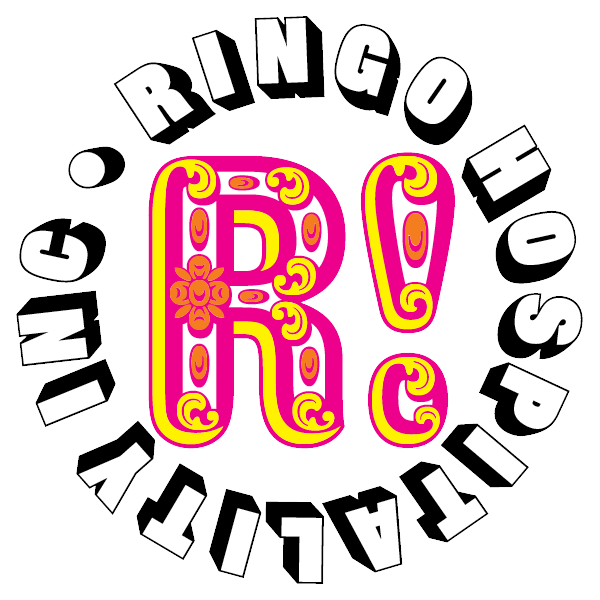




Great pieces and I am sure you had so many good reasons to choose these. But also you write GIRLS. And I would have loved to have seen more (or at least an equal number of) women writer’s words, voices and experiences amplified in this edition. And not just more women - more spotlighting diverse lived experiences overall. This round up is a platform. So it matters who is mentioned here. Does Substack have any inclusion/representation guidelines for curating these?
Thanks Freya so much for including my essay in this fantastic selection of pieces, I am very glad to hear reading my words felt like a walk out in nature - that is exactly the response I am after!
Hadden